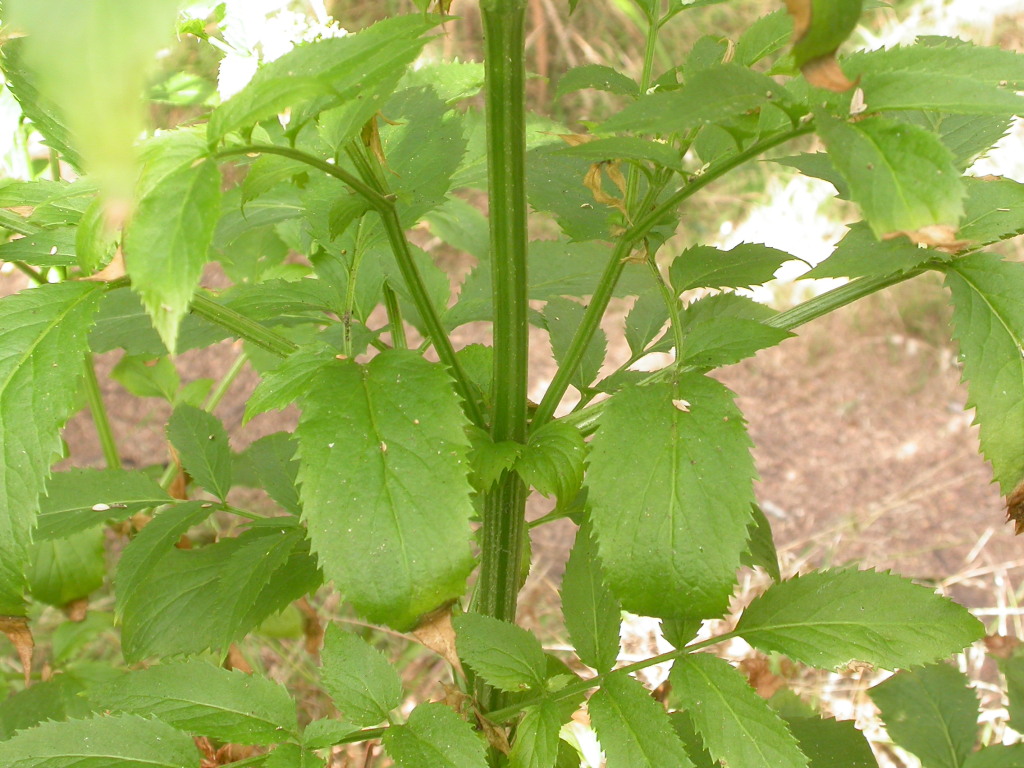Caprifoliaceae
Shrubs, woody climbers or trees, rarely herbs. Leaves opposite, joined basally by a ridge, simple or pinnate, entire or toothed; stipules usually absent. Inflorescences terminal, spike-like or cymose, or rarely reduced to 2 flowers terminal on short lateral branches. Flowers actinomorphic or zygomorphic, bisexual; sepals 2–5, free almost to base, adnate to ovary, persistent; petals 2–5, united at base, sometimes 2-lipped with upper lip 4-lobed and lower lip entire; stamens as many as corolla-lobes and alternating with them, epipetalous, anthers 2-celled, dehiscing by longitudinal slits; ovary inferior, 1–8-celled, ovules 1-many per cell, pendulous, style single, sometimes very short, stigma terminal, capitate or 2–5-lobed. Fruit a berry, capsule or achene.
About 13 genera with c. 500 species, mainly in northern temperate regions but also at high altitudes in the tropics and a few in southern temperate regions; 4 genera in Australia.
Sambucus and Viburnum are sometimes included in the segregate families Sambucaceae and Viburnaceae respectively.
Jeanes, J.A. (1999). Caprifoliaceae. In: Walsh, N.G.; Entwisle, T.J., Flora of Victoria Vol. 4, Cornaceae to Asteraceae, pp. 642–647. Inkata Press, Melbourne.
 Spinning
Spinning


